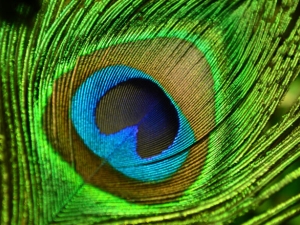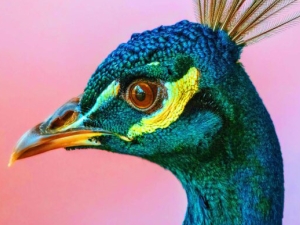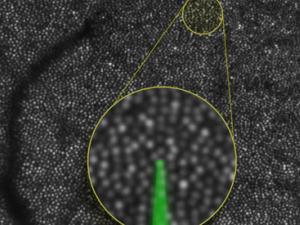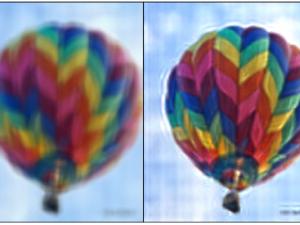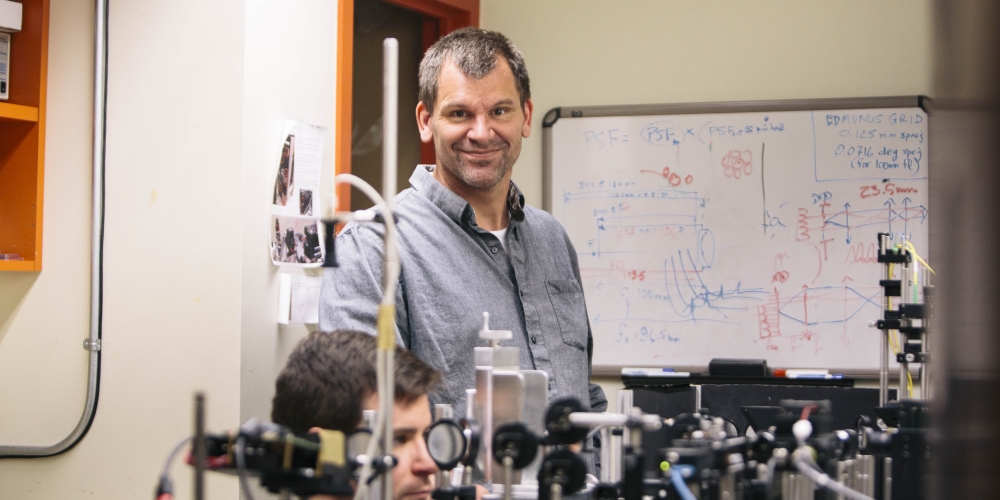

Research Bio
Austin Roorda is a professor in the School of Optometry. The human visual system combines exquisite optical design and neural processing. The Roorda Lab investigates visual processes from the earliest stages, such as the formation of the retinal image and its sampling by the photoreceptor mosaic, to higher level vision, like how we effortlessly immediately and accurately generate color percepts of a scene.
To accomplish their science goals, they design and build advanced optical instruments to measure and overcome the optical limits of the eye. Specifically, they employ adaptive optics - a technology originally developed for astronomical imaging from ground-based telescopes - to correct the eye’s aberrations and to image and/or present stimuli to the retina with unprecedented resolution. Overcoming optical limitations with adaptive optics has allowed them to make new discoveries in vision science, from mapping the trichromatic cone mosaic for the first time ever to learning how human visual acuity responds to an aberration correction.
Their research has a broad scope, from basic studies of color and spatial vision to monitoring the progression of eye disease.
Research Expertise and Interest
adaptive optics, eye, vision, ophthalmoscopy, scanning laser ophthalmoscope, ophthalmology
In the News
How Seeing a New Color Stretches the Limits of Human Perception
Scientists Trick the Eye Into Seeing New Color ‘Olo’
NEI Awards $3.2 Million for Visionary Retina Research
The National Eye Institute (NEI) has awarded a five-year, $3.2 million grant for a UC Berkeley-led project to map the interaction of retinal cells in an effort to better understand how visual data is processed before it is sent to the brain.
Vision-correcting display makes reading glasses so yesterday
Researchers at UC Berkeley are developing vision-correcting displays that can compensate for a viewer’s visual impairments to create sharp images without the need for glasses or contact lenses. The technology could potentially help those who currently need corrective lenses to use their smartphones, tablets and computers, and could one day aid people with more complex visual problems.

